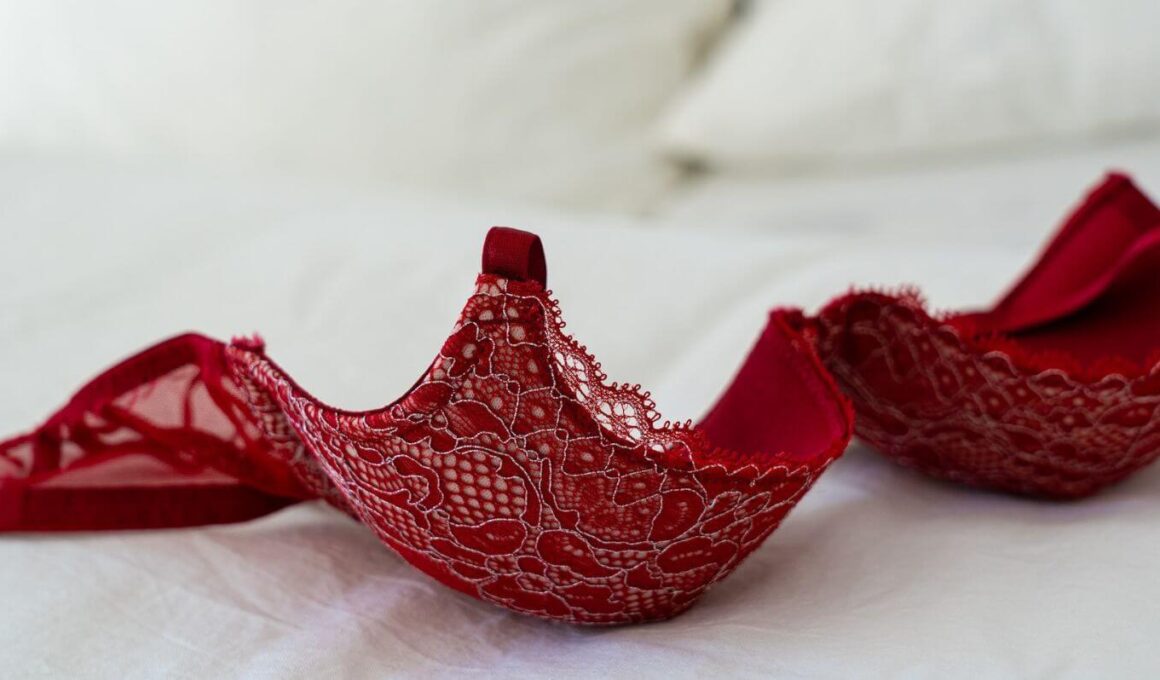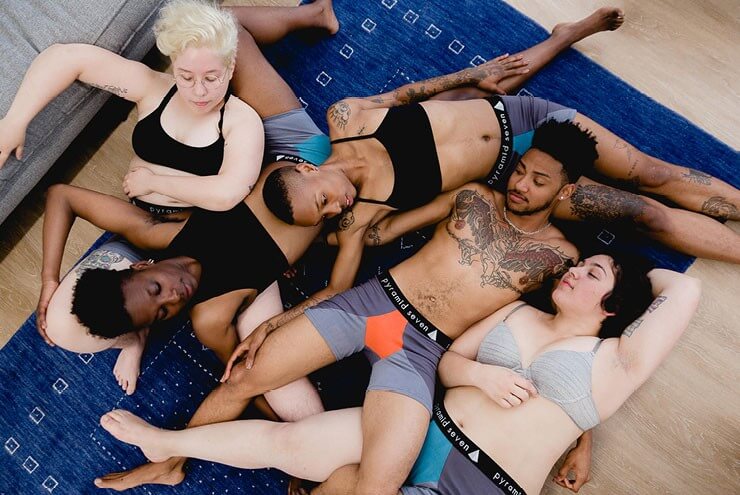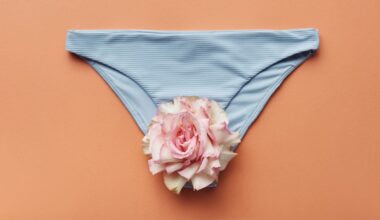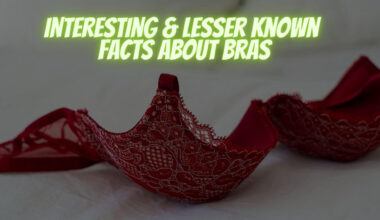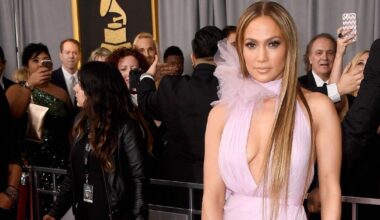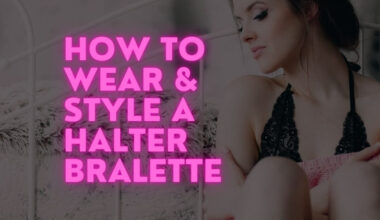Table of Contents Show
Lingerie styles and trends vary widely around the world, reflecting the diverse cultural, social, and economic factors that influence fashion and personal style.
In this article, we will explore some of the latest lingerie trends in regions North America, Africa, Asia, South America & Europe along with news, research, and events that have helped to shape these trends. Also will explore some of the factors that can influence lingerie preferences, including cultural and societal norms, personal preferences and body image, and marketing and media representation.
Lingerie – Definition & Purpose
Lingerie is the ultimate expression of femininity and intimacy. This quotes singlehandedly defines the definition of lingerie and its purpose.
Lingerie is a type of women’s clothing that is designed to be worn next to the skin, typically as undergarments. It is made from lightweight, comfortable, and often sheer or semi-sheer fabrics such as silk, satin, lace, and nylon. It includes a wide range of garments such as bras, panties, slips, camisoles, garters, and babydolls.
The main purpose of lingerie is to provide support and coverage for the body, as well as to enhance and shape the figure. Lingerie can also be worn for aesthetic or personal reasons, to feel attractive, feminine, and confident. Some people may choose to wear lingerie as part of their daily routine, while others may wear it for special occasions or to feel sexy and sensual. So we can say that the purpose of lingerie is to make the wearer feel comfortable, confident, and beautiful in their own skin.
Lingerie Market – Growth, Trends, COVID-19 Impact
One trend that has gained popularity in many parts of the world is the use of sustainable materials in lingerie production. Brands such as AmaElla and Naja have made headlines for using eco-friendly materials like organic cotton, bamboo, and recycled polyester in their lingerie collections.
In addition, the growing awareness about the environmental impact of fashion has led to the emergence of lingerie brands that prioritize sustainability and ethical practices, such as the Australian brand Bluebella and the UK brand Lucy & Yak.
Another trend that has gained traction globally is the rise of body positivity and inclusivity in the lingerie industry. Brands such as Playful Promises and Curvy Kate have focused on offering a wider range of sizes and styles to cater to a diverse customer base. In addition, events such as the annual London Fashion Week have featured a number of lingerie shows and presentations by inclusive brands.
Body positivity and sustainability, comfort and functionality have also become important factors in lingerie trends around the world. The #MeToo movement has sparked a conversation about consent and sexual empowerment, leading to the emergence of lingerie brands that prioritize comfort and functionality over traditional sex appeal.
In Asia, the lingerie market has also seen a shift towards more functional and comfortable styles, with a focus on practicality and versatility. Brands such as TomboyX and Knix have gained popularity for their comfortable, supportive, and functional lingerie.
The lingerie market around the world is becoming more diverse, sustainable, and inclusive, reflecting changing social and cultural values. Brands that prioritize sustainability, body positivity, and comfort are likely to continue to be successful in the coming years.
How Popular Lingerie Styles Differ Across Countries
North America
Lingerie styles and trends in North America have evolved significantly over the past few decades, influenced by a range of cultural and social factors. Here is a brief overview of some of the lingerie styles and trends in North America:
- Balconette bras: Balconette bras, also known as balconette bras or demi bras, are a type of bra that offers less coverage than a full-cup bra, with cups that are cut lower and wider to reveal more of the top of the breast. Balconette bras are popular in North America and are often worn to create a more revealing or cleavage-enhancing look.
- Thongs: Thongs are a type of underwear that offer minimal coverage, with a narrow strip of fabric at the back that exposes the buttocks. Thongs are popular in North America and are often worn to avoid visible panty lines or to feel sexy and sensual.
- Babydolls: Babydolls are a type of lingerie that consists of a short, loose-fitting nightgown or negligee with thin straps. Babydolls are popular in North America and are often worn for their comfortable and playful style.
The closure of Victoria’s Secret stores and the success of inclusive lingerie brands like ThirdLove and Naja has brought attention to changes in the lingerie market in North America. A study published in the Journal of Marketing Research in 2020 found that consumers in North America are increasingly seeking out lingerie brands that prioritize inclusivity, diversity, and body positivity.
The rise of sustainable and ethically-produced lingerie brands has also garnered attention in the North American market. Events such as the annual Lingerie Fashion Week in New York City and the Curve Expo trade show in Las Vegas showcase the latest lingerie styles and trends in North America.
Some lingerie styles that are currently popular or emerging in North America include:
- Comfort-focused lingerie: With the COVID-19 pandemic leading to more people working from home and spending more time indoors, there has been an increased focus on comfort and practicality in lingerie. Brands are offering more comfortable and versatile lingerie options such as wireless bras, bralettes, and lounge wear.
- Sustainable and ethically-produced lingerie: There has been a growing demand for sustainable and ethically-produced lingerie in North America, with consumers seeking out brands that prioritize environmental and social responsibility. Brands such as Naja and AmaElla, which use eco-friendly materials and offer fair wages and working conditions, have gained popularity in the North American market.
- Inclusive and diverse lingerie: Consumers in North America are increasingly seeking out lingerie brands that offer a wide range of sizes, styles, and fits to cater to diverse body types and preferences. Brands such as ThirdLove and Naja have gained popularity for their inclusive sizing and diverse range of products.
- Retro and vintage-inspired lingerie: Retro and vintage-inspired lingerie styles, such as high-waisted briefs and bullet bras, have been gaining popularity in North America. Brands such as Playful Promises and What Katie Did offer a range of vintage-inspired lingerie styles.
- Body positivity and self-expression: Lingerie brands that embrace body positivity and encourage self-expression, such as Curvy Kate and Aerie, have gained popularity in North America. These brands offer lingerie that is designed to make the wearer feel confident, empowered, and comfortable in their own skin.
Europe:
European lingerie styles tend to be more diverse and varied, with a strong emphasis on quality, craftsmanship, and design. Popular styles in Europe include corsets, garters, and teddies. Brands such as Agent Provocateur and La Perla are known for their luxurious and sophisticated lingerie collections. In recent news, the rise of sustainable and ethically-produced lingerie brands like Naja and AmaElla has garnered attention in the European market.
Asia:
Lingerie styles in Asia are often influenced by traditional cultural dress and tend to be more modest and conservative. Popular styles in Asia include kimono-style robes, wraparound bras, and full-coverage panties. In recent news, the success of lingerie brands such as Peach John and Wacoal in the Asian market has brought attention to the demand for more diverse and inclusive lingerie options in the region.
South America:
South American lingerie styles are often influenced by a mix of traditional and modern influences. Popular styles in South America include balconette bras, thongs, and bodysuits. In recent news, the rise of local lingerie brands such as Hope Lingerie and Loulou Lingerie has brought attention to the growing demand for high-quality, locally-produced lingerie in the region.
Africa:
Lingerie styles in Africa vary widely among different communities and cultures. Some traditional styles include wraparound robes and headwraps. In recent news, the success of lingerie brands such as Adina’s Lingerie and Zazi Vintage in the African market has brought attention to the demand for more diverse and inclusive lingerie options in the region.
Lingerie styles and trends in vraious communities
Religious communities
Lingerie styles and trends in religious communities can vary greatly depending on the specific beliefs and customs of the individual community. Some religious communities place a greater emphasis on modesty and may encourage more conservative lingerie styles, while others may be more open to more revealing or fashionable lingerie.
One trend in certain religious communities is the use of modesty panels or garments that cover the breasts and torso in order to conform to dress codes that mandate coverage of the body. These panels or garments can be worn under clothing or as outerwear, and may be made of materials such as lace or mesh. Modesty panels or garments can be found in a variety of styles, including full-length dresses, skirts, and skirts.
Another trend in some religious communities is the use of lingerie as a way to express femininity and celebrate womanhood. This can include the use of lingerie in bridal trousseaus or as a gift for special occasions such as anniversaries or Valentine’s Day. In these cases, lingerie may be chosen for its beauty and sensuality, rather than for its practicality or modesty.
There has been some controversy surrounding the use of lingerie in religious communities, particularly in regards to issues of body shaming and the objectification of women. In some cases, religious leaders have been criticized for promoting unrealistic or unhealthy body standards, or for using lingerie as a way to control and restrict women’s behavior and appearance.
Despite these controversies, many women in religious communities continue to find joy and empowerment in choosing and wearing lingerie that reflects their personal style and values. Lingerie can be a form of self-expression and a way to celebrate and embrace one’s own femininity and sexuality, regardless of religious beliefs.
LGBTQ+ communities
Lingerie, often seen as a traditionally feminine and heterosexual domain, has recently seen a shift towards inclusivity and representation in the LGBTQ+ community.
One example of this is the rise of gender-neutral and non-binary lingerie brands, such as TomboyX and The Genderless Nude, which offer a wider range of sizing and styles for individuals who do not conform to traditional gender norms. These brands often prioritize comfort and functionality, as well as challenging traditional beauty standards.
In addition to this, there has been an increase in LGBTQ+ representation in mainstream lingerie campaigns and fashion shows. For example, in 2020, Calvin Klein released a campaign featuring transgender model Valentijn De Hingh, and in 2019, the Victoria’s Secret Fashion Show featured its first openly transgender model, Valentina Sampaio.
Furthermore, there have been a number of events and initiatives specifically centered around LGBTQ+ lingerie and underwear. These include the annual Underwear Pride Parade in Madrid, which aims to celebrate and empower the LGBTQ+ community through underwear, and the Queer Underwear Club, a monthly subscription box service that donates a portion of its proceeds to LGBTQ+ charities.
In terms of research and studies, a 2019 report by LGBTQ+ marketing agency Community Marketing & Insights found that the LGBTQ+ community is more likely to purchase lingerie and underwear as gifts for their partners, and are more open to trying new and innovative styles. The report also found that the LGBTQ+ community values inclusivity and representation in branding and advertising.
Overall, it is clear that the lingerie industry is becoming increasingly inclusive and representative of the LGBTQ+ community, with a focus on comfort, functionality, and challenging traditional beauty standards. The rise of gender-neutral and non-binary brands, as well as increased representation in mainstream campaigns and events, show that the industry is making steps towards greater inclusivity and diversity.
Plus-size communities
Lingerie is an important and personal item of clothing that can have a significant impact on how a person feels about themselves and their body. In recent years, there has been a growing recognition of the need for more diverse and inclusive lingerie options, particularly in the plus-size community.
One trend that has emerged in the plus-size lingerie market is the increasing availability of lingerie in a wider range of sizes. Many lingerie brands now offer sizes up to 4X or 5X, which means that more people are able to find lingerie that fits and feels comfortable.
Another trend in the plus-size lingerie market is the increasing focus on comfort and functionality. Many plus-size lingerie brands now offer bras with wider straps, more supportive underwire, and breathable fabric to ensure that they are comfortable and supportive for larger bodies.
There has also been a shift towards more body-positive and inclusive marketing in the plus-size lingerie industry. Rather than using thin, conventionally attractive models to sell lingerie, many brands now feature a more diverse range of models, including plus-size models of different shapes, sizes, and skin tones.
This shift towards inclusivity has been reflected in events such as the Plus Size Lingerie Fashion Week, which showcases the work of designers and brands who are committed to creating lingerie that is both fashionable and inclusive.
There has also been a growing recognition of the importance of lingerie in the plus-size community within the fashion industry more broadly. In 2018, the Council of Fashion Designers of America (CFDA) announced that it would be partnering with Lane Bryant, a plus-size clothing retailer, to create a fund to support the development of plus-size lingerie and swimwear.
Overall, the plus-size lingerie market has come a long way in recent years, with more diverse and inclusive options becoming available, and a greater focus on comfort and functionality. While there is still work to be done to ensure that all people have access to lingerie that makes them feel confident and comfortable, the progress that has been made is encouraging.
Factors influencing lingerie preferences
Lingerie is a type of clothing that is designed to be worn next to the skin, usually under other clothing. It is often associated with femininity, sexuality, and attractiveness, and as such, lingerie preferences can vary greatly from person to person.
Cultural and societal norms play a significant role in shaping lingerie preferences. In some cultures, lingerie is seen as a symbol of femininity and is often worn for special occasions or to feel attractive and confident. In other cultures, lingerie may be viewed more conservatively and is worn primarily for functional purposes.
Personal preferences and body image can also influence lingerie preferences. Some people prefer certain styles or types of lingerie based on their own aesthetic preferences, while others choose lingerie that makes them feel comfortable and confident in their own skin. Additionally, body image and self-esteem play a role in lingerie choices, with some people feeling more comfortable in certain styles or materials that they feel flatter their figure.
Marketing and media representation also shape lingerie preferences, as lingerie is often portrayed in a sexualized or objectifying manner in advertising and media. This has lead to certain types of lingerie being seen as more desirable or fashionable, even if they may not necessarily be the most comfortable or practical choice for an individual.
In recent years, there has been a shift towards more diverse and inclusive representation in the lingerie industry, with brands and models of all sizes, shapes, and skin tones being featured in marketing campaigns and fashion shows. This has led to a wider range of lingerie options being available and a greater acceptance of different body types and preferences.
Lingerie preferences are influenced by a variety of factors, including cultural and societal norms, personal preferences and body image, and marketing and media representation. As the lingerie industry becomes more diverse and inclusive, it is important to recognize and respect the individuality of lingerie preferences and to not judge or criticize others based on their choices.
Conclusions
Lingerie styles and trends vary greatly across different regions and communities around the world. These variations are influenced by a variety of factors, including cultural and social norms, fashion trends, and personal preferences. Some areas may prioritize comfort and practicality in their lingerie choices, while others may place a greater emphasis on aesthetics and sex appeal.
The diversity of lingerie styles and trends reflects the rich tapestry of cultures and communities that make up our world. It’s important to respect individual preferences and not make assumptions about what someone may or may not like based on their cultural background.
